Teak VS Bamboo: What You Should Know
Teak and bamboo are two of the most commonly used wood types in home decor and furniture.
While both provide unique advantages for woodworking applications, it's important to note their distinct properties rather than view them as interchangeable materials.
Exploring key differences in their characteristics, qualities, and common uses will provide insight into suitable applications for each material.
Growth and Species
The fundamental differences between teak and bamboo stem from their biological classifications—teak as a tree and bamboo as a grass—resulting in notable variances in their characteristics.
Bamboo:
Bamboo is remarkable for its diversity, with over 1,200 species that vary widely in size, growth habits, and densities. Some bamboo varieties exhibit exceptional growth rates, capable of shooting up over 3 feet in a single day. This swift growth cycle enables quicker replenishment compared to teak.
Teak:
Contrastingly, teak includes approximately three dominant species, all sharing similar traits and maturation timelines. It typically takes teak trees 25-30 years to reach a harvestable size from seed, marking a significantly slower growth rate than bamboo.

Use
Teak and bamboo both find wide applications in construction and furnishings.
Teak:
Teak is often used for outdoor structures and furniture that require durability against weathering, such as decks, siding, tables, and chairs. Its dense wood holds up well to moisture without treatment.
Bamboo:
Bamboo is commonly used indoors for lighter applications like flooring, cabinetry, window treatments, and architectural millwork, where it can be easily processed. Its renewable nature also makes it suitable for furnishings.
Overall, teak is well-suited for exterior uses thanks to its water resistance. Bamboo is advantageous for interior, non-structural applications where its lighter weight during manufacturing and installation is beneficial.
Both provide sustainable materials for a variety of building and design needs through their different characteristics.

Eco-Friendly Properties
When considering eco-friendly materials, understanding the ecological characteristics of both teak and bamboo is essential. Here's a comparative look at their environmental aspects:
Bamboo:
Bamboo stands out for its incredibly fast growth cycle. A Moso bamboo stem can reach harvest readiness in just five to six months, growing up to three feet per day. This rapid renewal capability positions bamboo as a more sustainable choice in the long term.
However, it's crucial to consider the energy consumption in bamboo processing. Extracting fibers involves extensive boiling and compression, which are energy-intensive processes.
Moreover, environmental impacts arise from adhesives used in bonding bamboo strands, especially when they involve substances like formaldehyde, historically used in some bamboo flooring glues.
Teak:
In contrast, teak has a much longer maturation period, taking 25 to 30 years from seed to market.
Although this implies a smaller window of availability, modern cultivation practices and international regulations have significantly improved teak's environmental image.
Historically scrutinized for its harvesting practices, teak, under modern plantation management and global oversight, has become a more environmentally responsible choice.

Physical Quality and Durability
Hardness is a key factor determining materials' sturdiness and longevity of use. Teak exhibits a natural hardness rating close to 1,000 on common scales. However, bamboo demonstrates even greater hardness, ranging from 1,700 to 4,600.
Bamboo:
While quite durable, moisture and weather rapidly degrade bamboo due to its composition as laminated wood fibers. Prolonged wetting causes fibers to swell and separate.
Yet bamboo's inherent lightness proves advantageous for transport and assembly applications not requiring outdoor resilience.
Teak:
Teak's water resistant oils enable it to hold up exceptionally well against the elements. With proper maintenance, teak may retain its rich hue and structural integrity for decades of exterior use,
such as decking and outdoor furnishings. Though initially more costly than bamboo, teak's longer lifespan offsets higher initial outlay through durable performance over a longer service period.
These two materials both provide sturdy materials but teak demonstrates unparalleled resilience to the environment without treatments, lending its preferred suitability for demanding outdoor applications. Bamboo serves as a sustainable alternative for some interior and simpler exterior uses.

Maintenance
Proper maintenance is key to extending the life of teak and bamboo furniture and keeping it looking new.
Bamboo:
Bamboo is susceptible to moisture and deformation, and requires regular maintenance. Once the surface of the bamboo board is damaged, it cannot be restored and will continue to deteriorate. To maintain the appearance and waterproofness of bamboo, you'll need to maintain it with a bamboo sealant several times a year.
Teak:
In comparison, teak is more durable, has very low maintenance costs and does not require frequent maintenance. If properly cared for, teak retains its natural honey-brown color for decades, even in harsh environmental conditions. Maintenance of teak includes cleaning with soapy water and then oiling, usually every three to six months, or even annually, depending on the grade of the wood.

Aesthetics and Design Possibilities
Bamboo:
Bamboo is light in color and has regular grain, making it perfect for modern, minimalist interior designs. Its clean and simple aesthetic can not only perfectly match the modern style, but also add a fresh and natural vision to the indoor space.
Teak:
The rich golden-brown hue and distinctive grain patterns of aged teak wood have earned it a reputation as a classic. It improves the look of any space, inside or out.

Cost Considerations
Bamboo:
Compared to teak, bamboo is at least fifty percent cheaper, making it an affordable option. But it has a very important shortcoming: its service life is too short. Over time, furniture may be replaced frequently enough to offset the initial cost savings.
Teak:
Although teak is expensive, it is durable and has a long lifespan. The natural oils in teak wood make it excellently resistant to water, insects, and mildew. So it can be used for a long time without replacement.
Conclusion
| Aspect | Bamboo | Teak |
|---|---|---|
| Growth and Species | Over 1,200 species, grows rapidly (up to 3 feet/day), reaches harvest in 5-6 months. | Approximately three species, slow growth (25-30 years to harvest). |
| Use | Suited for indoor use, lighter applications like flooring and cabinetry. Renewable, suitable for furnishings. | Ideal for outdoor use, durable against weathering. Used in decks, siding, outdoor furniture. |
| Eco-Friendly Properties | Rapid growth, sustainable long-term. Energy-intensive processing, environmental concerns with adhesives. | Longer maturation, smaller availability window. Improved environmental image with modern cultivation. |
| Physical Quality and Durability | High hardness (1,700 to 4,600), but vulnerable to moisture and weather. Light, good for transport and assembly. | Natural hardness close to 1,000. Resistant to elements, durable for decades with proper maintenance. |
| Maintenance | Susceptible to moisture, requires regular maintenance with bamboo sealant. | Low maintenance, infrequent care needed. Retains color for decades in harsh conditions. |
| Aesthetics and Design Possibilities | Light color, regular grain. Ideal for modern, minimalist designs. Adds a fresh, natural look indoors. | Rich golden-brown hue, distinctive grain. Classic look that enhances any space. |
| Cost Considerations | At least 50% cheaper than teak, but shorter lifespan. Frequent replacement might offset initial cost savings. | More expensive initially, but longer lifespan and durability offer long-term value. |
Choosing teak and bamboo furniture depends on a variety of factors, including aesthetics, cost, and longevity, among others. You can choose according to your own actual needs.
Recommend Products
-
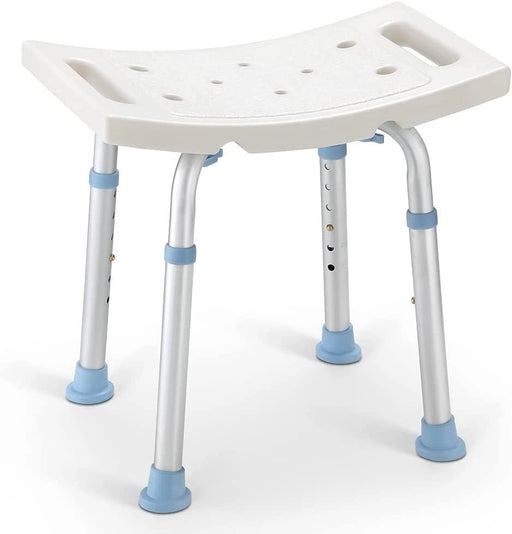 Sale
Sale
Standard - 300LBS Capacity Shower Stool
Original price $51.99From Original price $28.99Original price $51.99Current price $28.99From $28.99Current price $28.99OasisSpace Medical Square Shower Stool for Bathtub OasisSpace Square Shower Stool for Bathtub is approved as the highest standard(FDA) for medical...
View full detailsSaleOriginal price $51.99From Original price $28.99Original price $51.99Current price $28.99From $28.99Current price $28.99 -
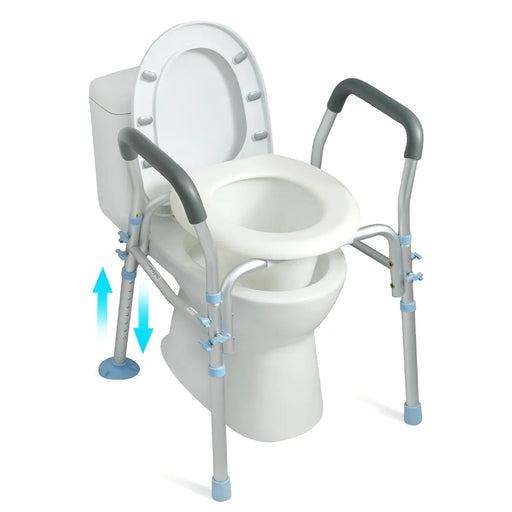 Sale
Sale
300LBS Capacity Raised Toilet Seat with Arms
Original price $120.99From Original price $69.99Original price $120.99Current price $69.99From $69.99Current price $69.99OasisSpace Raised Toilet Seat with Arms - Safe and Convenient OasisSpace Raised Toilet Seat with Arms provides stable support for users to sit dow...
View full detailsSaleOriginal price $120.99From Original price $69.99Original price $120.99Current price $69.99From $69.99Current price $69.99 -
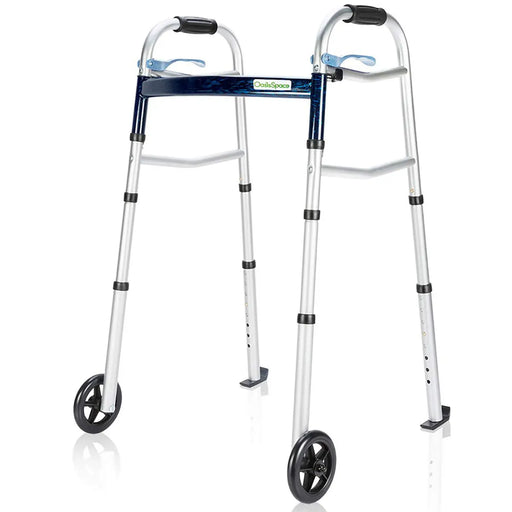
350LBS Capacity 2 Wheel Walker
From Original price $39.99Original price$39.99From $39.99Current price $39.99Product Advantages OasisSpace's 350LBS Capacity walker offers a fusion of lightweight design and sturdy support, crafted from high-grade anodized ...
View full detailsFrom Original price $39.99Original price$39.99From $39.99Current price $39.99 -
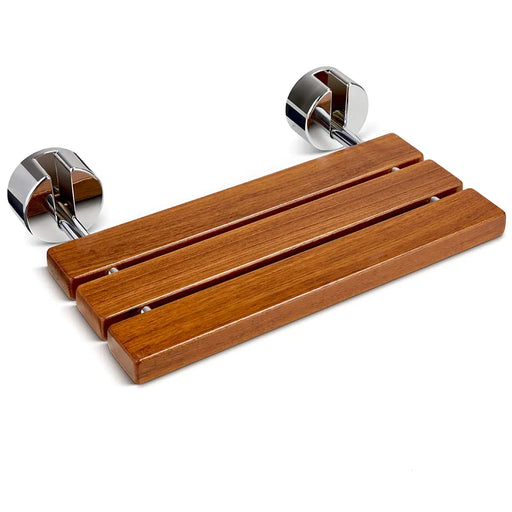
Wall Mounted - 400LBS Capacity Teak Folding Shower Seat
From Original price $131.99Original price$131.99From $131.99Current price $131.99Advantages OasisSpace Teak Wall-Mounted Shower Seat adopts a folding design, which can save space to the greatest extent and can be folded up at a...
View full detailsFrom Original price $131.99Original price$131.99From $131.99Current price $131.99 -
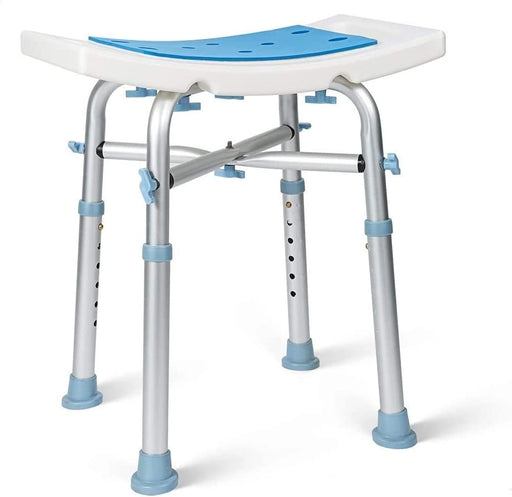 Sale
Sale
Padded & Bariatric - 500LBS Capacity Heavy Duty Shower Stool
Original price $57.99From Original price $36.99Original price $57.99Current price $36.99From $36.99Current price $36.99OasisSpace Medical Heavy Duty Bariatric Shower Stool OasisSpace Medical Heavy Duty Bariatric Shower Stool is approved by the FDA, which is the hig...
View full detailsSaleOriginal price $57.99From Original price $36.99Original price $57.99Current price $36.99From $36.99Current price $36.99 -
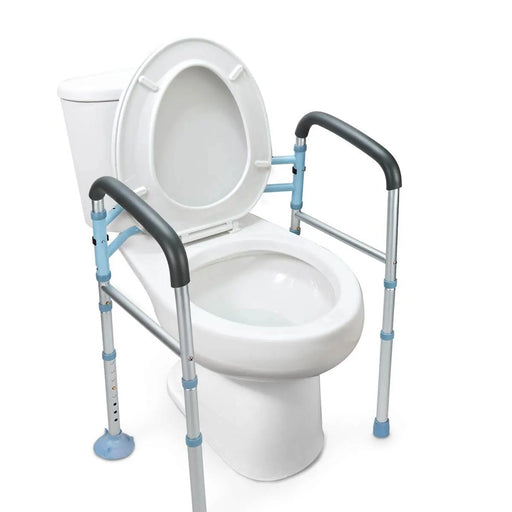 Sale
Sale
300LBS Capacity Stand Alone Toilet Safety Rail
Original price $69.99From Original price $44.99Original price $69.99Current price $44.99From $44.99Current price $44.99OasisSpace Toilet Safety Rails - Fit Any Toilet OaisSpace stand-alone toilet safety rails provide sturdy support for the elderly and people with ...
View full detailsSaleOriginal price $69.99From Original price $44.99Original price $69.99Current price $44.99From $44.99Current price $44.99







